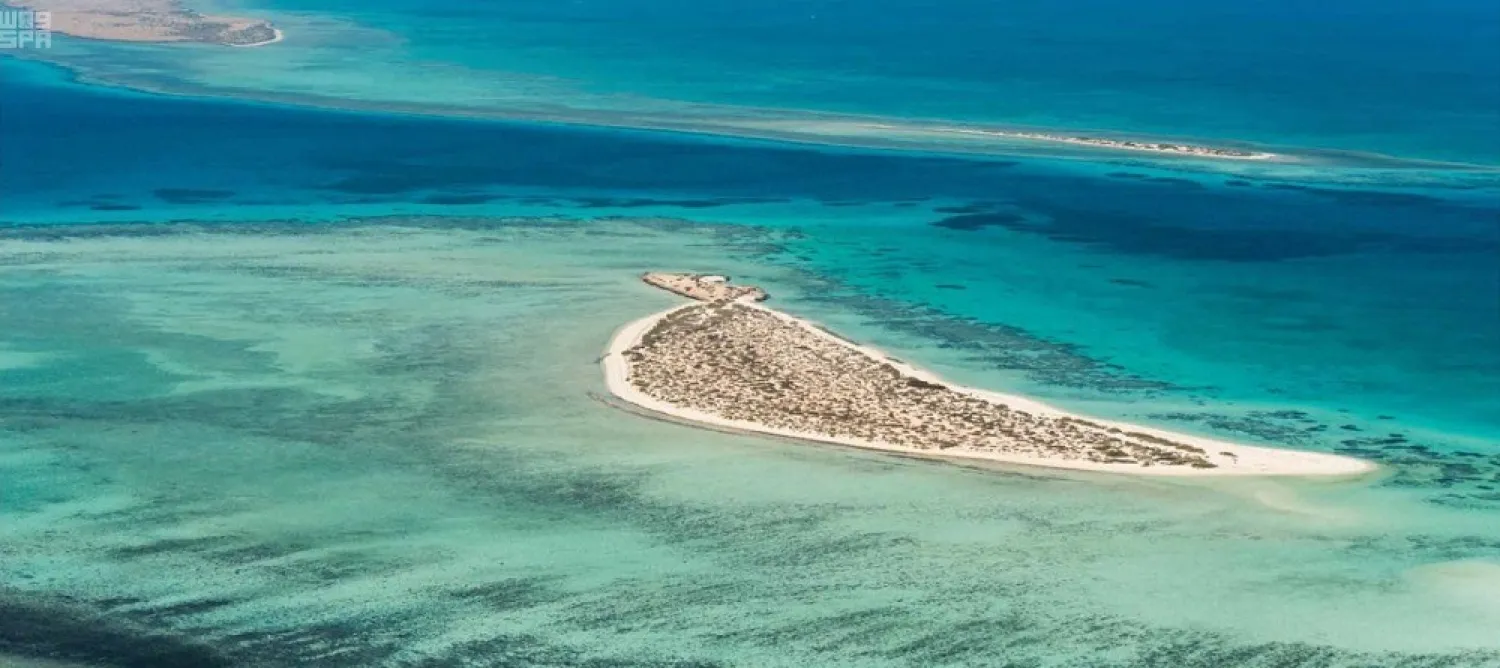In preparation of the anticipated rise in trade at Saudi ports during the upcoming period, the Ports Authority (MAWANI) announced the completion of 12 projects in the Red Sea Duba Port.
The projects, worth SAR721 million (USD192.2 million), aim to strengthen Saudi ports so that they can occupy a unique position in international and regional competitiveness.
The giant investment projects, which Saudi Arabia intends to implement in the north and west of the country, have become a significant hub for qualitative investments and trade. NEOM and the Red Sea projects come in the lead.
In this regard, Saudi Ports Authority spokesperson Mousaid bin Abdulrahman Aldrees clarified that work is underway to add a new service to Duba Port through establishing a station to pass containers at the Red Sea coast.
He added that the station, worth SAR327 million (USD87.2 million) and with a capacity of 500,000 containers annually, is expected to be ready by end of March.
Projects at Duba Port are part of others implemented by MAWANI to reinforce logistic and operational capabilities of Saudi ports and to boost their competitiveness regionally and internationally in order to achieve Saudi Vision 2030.
These developments come at a time when the Red Sea project is emerging as a landmark in the global tourism sector. Announced in 2017, it will grant major global firms the chance to participate and invest in a unique project in terms of design and location.
The project would develop resorts on about 50 Red Sea islands and would also contribute with billions to the Saudi GDP. It will cover 34,000 square kilometers, becoming one of the largest navy tourism projects globally.
Entry procedures are expected to be lenient to grant access to the majority of nationalities wishing to visit.









